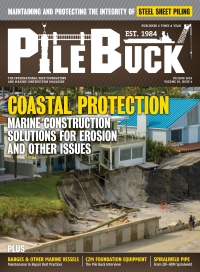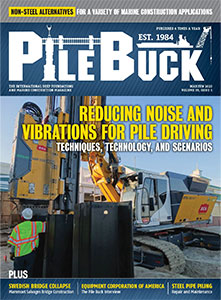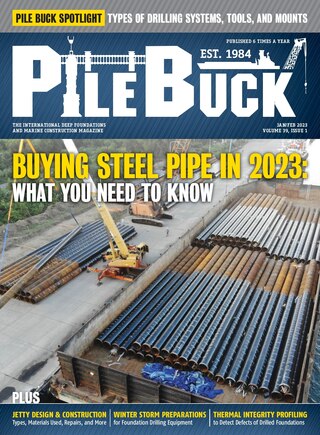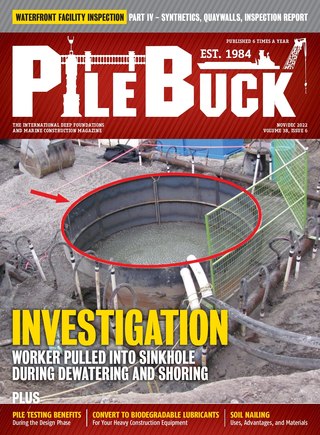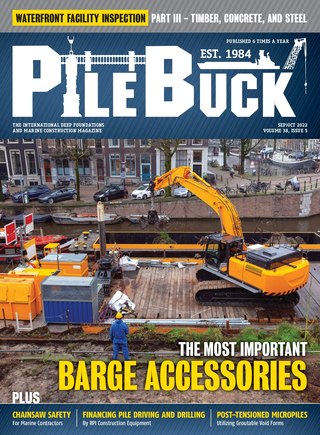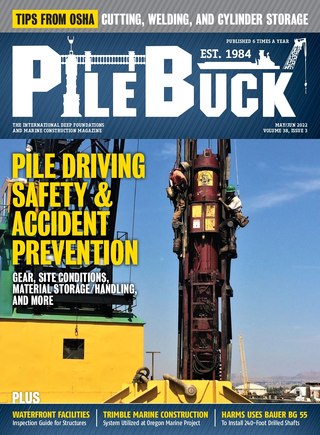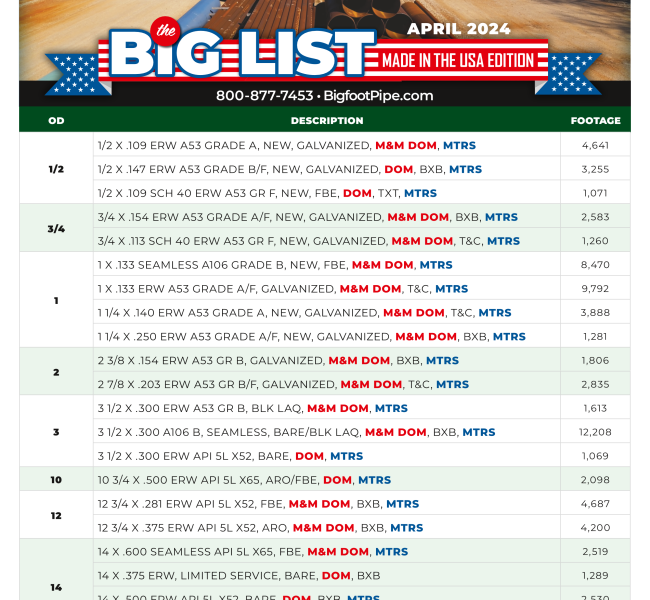Dr. Larry Beaver on Why FUTERRA™ is a Better Hydraulic Fluid for Land & Marine Applications
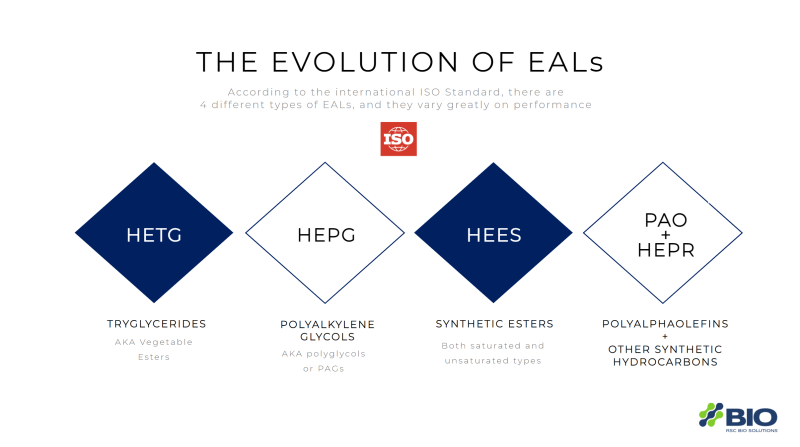

The FUTERRA™ lubricants offered by RSC Bio Solutions are unique in both their stability and performance. FUTERRA is offered in a wide range of viscosities from ISO 15 all the way up to ISO 150. Applications include hydraulic systems and stern tubes. But why choose a FUTERRA™ fluid for these applications over a conventional lubricant or a competitive environmentally acceptable lubricant (EAL)? FUTERRA hydraulic fluids offer the performance properties and stability associated with a premium mineral oil-based lube while exceeding the stability of most mineral oils and all competing EALs. In fact, FUTERRA™ performs well under the harshest operating conditions and has the added benefit of EAL VGP-compliance.
FUTERRA lubricants meet the strict standards set for HEPR hydraulic fluids as outlined in the ISO 15380 standard that codifies the performance requirements for environmentally acceptable hydraulic fluids that are manufactured using polyalphaolefin (PAO) or related base oils. The other three ISO categories of fluid are HETG (triglyceride), HEPG (poly glycols), and HEES (synthetic esters).
The primary competitors to RSV Bio’s FUTERRA series are products made with synthetic esters (HEES). A review of the ISO 15380 standard reveals the minimum stability and performance requirements outlined for the high-performance HEPR category of fluid as well as the requirements for the EALs using the other base oil types. The HEES-type fluids have lower stability requirements set by ISO 15380 because synthetic ester base oils are inherently less stable than HEPR fluids and chemically degrade in the presence of the moisture that they invariably encounter during use in both marine and land-based applications.
Beware of “apples to oranges” comparisons by HEES (synthetic ester) competitors touting comparable stability using modified tests that artificially enhance hydrolytic and oxidative stability test results. For example, HEPR fluids must reach at least 1000 hours of oxidative stability in the ISO 4263-1 “wet TOST” test referenced in ISO 15380, while the HEES fluids must only record their results in a modified version of the same test where water that would normally be in the test is not included. This of course “stacks the deck” and makes esters look comparable in the test when in fact they perform poorly in real-world applications where moisture or water is the common contaminant.
It is very important to understand test specifics and results prior to making lubricant selection decisions for your equipment. FUTERRA fluids are best-in-class and are the best choice because FUTERRA is engineered for stability, performance, and environmental compliance.





